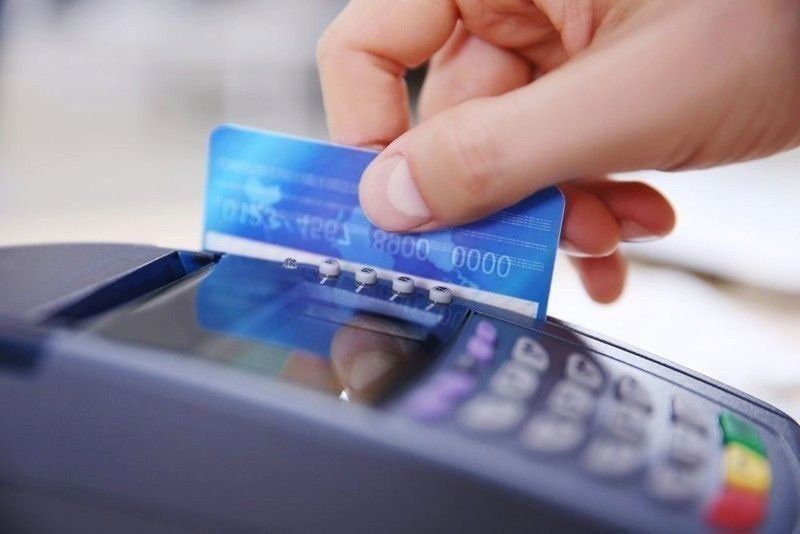BSP maintains credit card fee cap through year-end

11/13/2022 | 12:00 noon
MANILA, Philippines – Consumers are expected to continue enjoying low interest rates and fees on their credit card transactions at least during the Christmas holidays after the Bangko Sentral ng Pilipinas (BSP) decided to keep the current cap in place until the end of the year.
The central bank’s Monetary Board has decided to keep the interest rate cap and credit card transaction fees in place until the end of December before reviewing it again in January next year.
“No big reason. Just the timing of the cap adjustment,” BSP Governor Felipe Medalla told The STAR.
Medalla, chairman of the seven-member Monetary Board, said earlier the regulator was finally adjusting the interest rate cap and other fees after the BSP launched a series of aggressive rate hikes to tame inflation and stabilize the peso.
The STAR first reported that the BSP imposes an interest rate of 2 percent per month and 24 percent per year, or a cap on the financing fee on unpaid credit card balances.
It also capped the monthly add-on rates that credit card issuers could charge for installment loans at a maximum of one percent, as well as the maximum processing fee of P200 per transaction when taking out credit card cash advances.
The BSP formalized the imposition of the Monetary Board-approved cap through Circular 1098 issued at the end of September 2020, and the cap went into effect on November 3, 2020 to ease the burden on Filipinos affected by the global health crisis.
The maximum rates and charges are reviewed by the BSP every six months and a new rate should apply in early November.
Before the cap was introduced during the height of the global health crisis, the annualized interest rate on credit card debt averaged 36 percent.
After cutting interest rates by 200 basis points in 2020 as part of its COVID-19 response measures, bringing the policy rate to an all-time low of 2%, BSP has gone hawkish by aggressively raising interest rates by 225 basis points 4.25 percent this year to tame inflation and stabilize the peso.
The central bank is widely expected to deliver another massive 75 basis point hike on Thursday, after Medalla stressed that the BSP Monetary Board needs to align with the Fed’s aggressive rate hikes on a point-by-point basis in order to maintain the interest rate differential.
Philippine banks and credit card issuers have reported lower revenues since credit card fee caps were introduced.
Preliminary data from the BSP showed that credit card loans rose 26.1 percent to P507.42 billion at the end of September this year from P402.41 billion at the end of September last year, while consumer credit rose 20.5 percent to P801.4 billion at the end of September .99 billion P rose billion.
During the nine-month period, total loans disbursed by major banks rose at a faster rate of 13.4 percent to 10.49 trillion pesos from a year-ago level of 9.25 trillion pesos, supporting the recovery in economic activity and domestic demand.
From strict Level 3 alert in January, when infections with the highly transmissible Omicron variant skyrocketed, the National Capital Region and nearby provinces transitioned to Level 1 alert in March as COVID-19 cases steadily declined.
In the third quarter of the year, the Philippines posted faster-than-expected gross domestic product (GDP) growth of 7.6 percent, despite rising inflation and the weak peso. This was slightly higher than the 7.5 percent expansion recorded in the second quarter.
The country is on track to meet economic managers’ GDP growth target of 6.5-7.5 percent as expansion averaged 7.7 percent in the January-September period.
